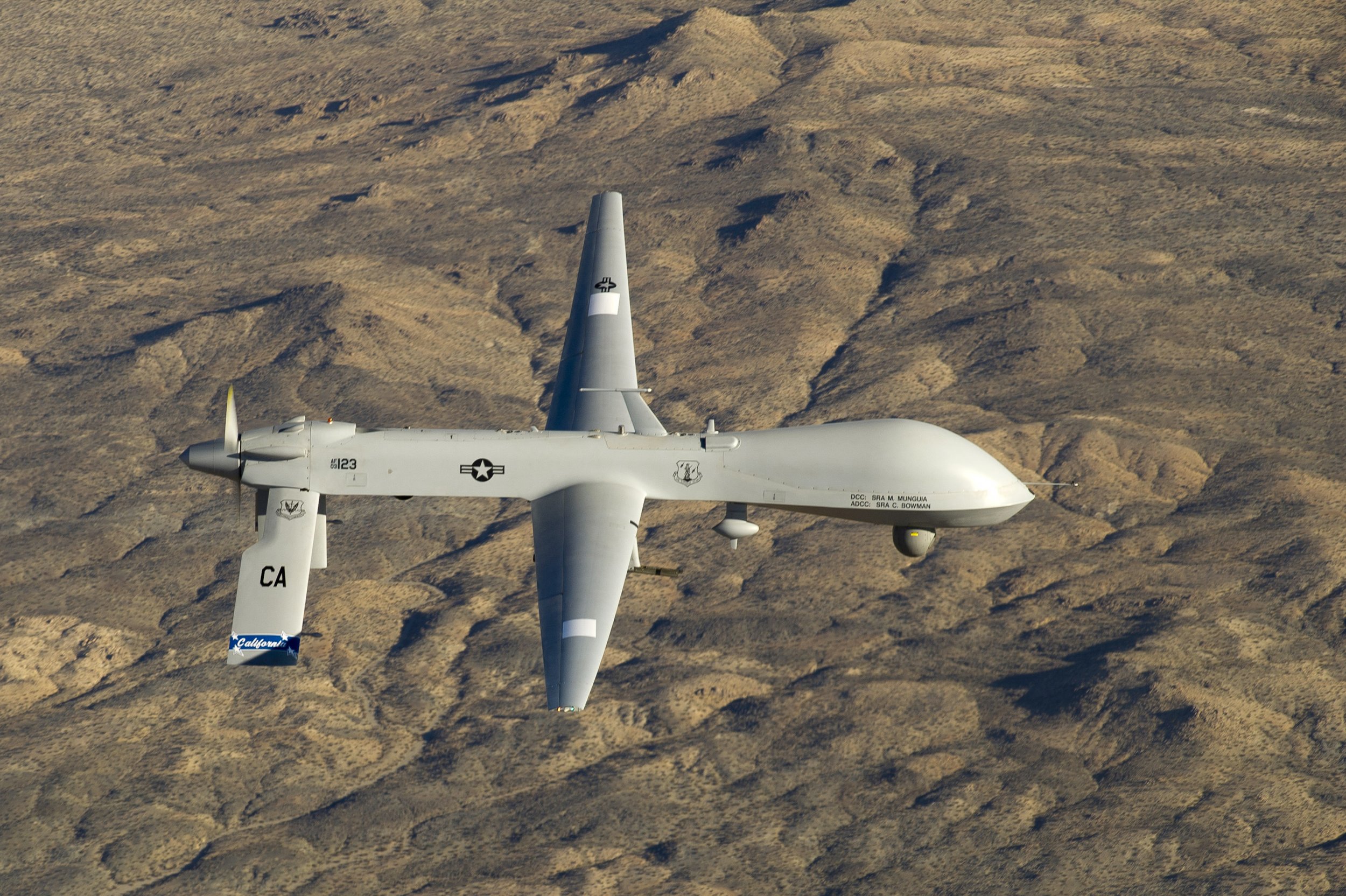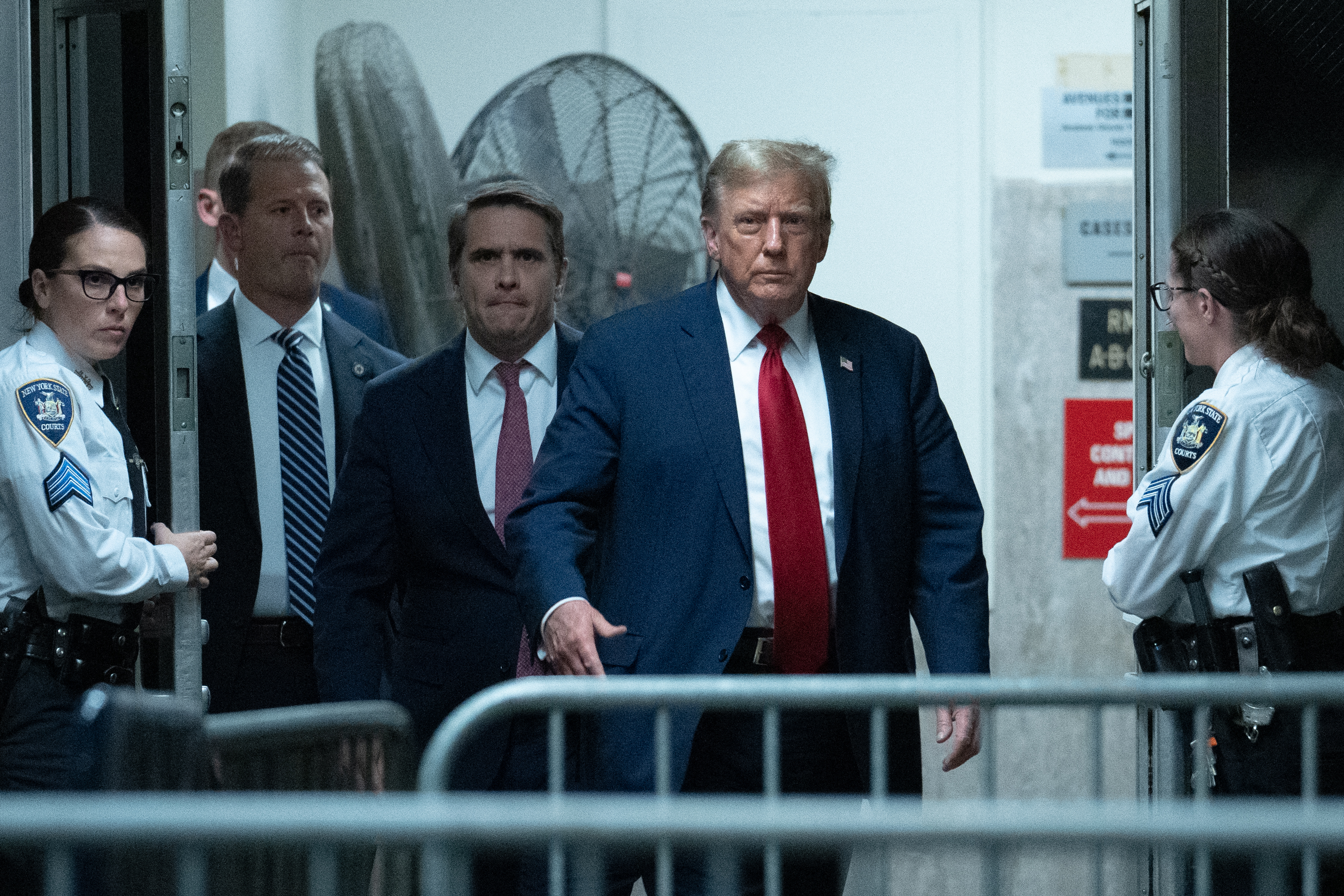
This story was produced in collaboration with the Bureau of Investigative Journalism.
Earlier this year, as the war between government forces and the Taliban continued, Muhammad Ikhlas, a farmer in the southern province of Helmand, crossed the front lines to visit his brother, a policeman whom the insurgent group had recently captured.
After a short, nerve-wracking drive, Ikhlas arrived at the Taliban's makeshift prison, a plain concrete building with a walled courtyard. The militants brought his brother, Muhammad Rasul, down to the courtyard, and Ikhlas spoke to him and pleaded for his release. The militants refused, and as Ikhlas made his way home, he worried that he'd soon receive the dreaded phone call informing him of his brother's death.
A week later, on August 25, the call came: His brother was dead. But it was not the Taliban that had killed him. It was a mysterious airstrike, which leveled the building where he had been imprisoned.
Afghan officials initially claimed responsibility for the attack, but a few days later they began to backtrack. In an interview, General Abdul Raziq Sherzai, head of the air force in southern Afghanistan, said his fleet had not carried out the air strikes in the Nad Ali district of Helmand.
The U.S. says it was responsible for the strikes. But it denies killing any captives or civilians. "We remain confident that there were no civilian casualties or captives," says a U.S. military spokesman.
In interviews, however, several sources—including a local police commander—claim to personally know friends and relatives killed in the attack, and local elders put the number of people who died in the strike at between 25 and 38 people.
The conflicting accounts have left people like Ikhlas feeling frustrated and helpless. He says he lost not only his brother in the attack but also his nephew and brother-in-law.
As he puts it, "I feel like someone has taken my heart out of me."
'A Much Higher Risk'
By early 2015, the American war against the Taliban was supposed to be over. President Barack Obama had drawn down the troop force—roughly 100,000 at its height—to about 10,000, most of which remained only to train the Afghan security forces. U.S. planes continued to kill militants loyal to Al-Qaeda and the Islamic State group (ISIS), but airstrikes against the Taliban were allowed only in self-defense.
There was one exception, however: American aircraft could pursue the Taliban when Afghan allies were about to be overrun. This scenario became increasingly common as the insurgent group took advantage of the security vacuum created by U.S. troop withdrawals in 2014 and 2015. Losses among Afghan security forces shot up by nearly 30 percent in those two years. Last September, the Taliban took control of most of the northern city of Kunduz. U.S. commandos set out to help Afghan forces retake it, and American gunships scrambled to support them. In the fog of the ensuing battles, the U.S. accidentally bombarded a Doctors Without Borders hospital, killing 42 doctors and patients.
Later, as the Taliban continued to rampage through Kunduz and Helmand provinces, America adjusted its rules. In June, the U.S. announced its forces would now be allowed to attack the Taliban proactively.
This has resulted in an anomalous situation: a conventional aerial campaign but with virtually no American forces on the ground to provide reliable intelligence to guide it. The U.S. is now broadly dependent on its Afghan partners and the notoriously limited insights of drones.
"Unless U.S. or coalition forces are engaged in direct combat, the eyes on (target) are most likely from other aerial platforms or Afghan security forces," says Chris Kolenda, a former U.S. military commander in Afghanistan and the co-author of a recent paper on civilian casualties there for the Open Society Foundations, a grant-making organization that promotes human rights.
"It's a much higher-risk environment of fratricide, of civilian casualties," he adds. "You know less about what's going on."
'No One Cared'
Even before the deadly airstrike, the security forces in Nad Ali had more reason than most to feel frustrated with the U.S. and its partners in the Afghan government. The Taliban was pushing into the district center, and the Afghan security forces were struggling to push them back.
Muhammad Gul, also a farmer, had a brother in the Nad Ali police force. His name was Shadi Khan, and he worked so hard the family barely saw him. "He wanted to serve Afghanistan and its people," Gul recalls.
Earlier this summer, Gul received a phone call from his brother, asking him to urge government officials to send him reinforcements. Khan's post had been under attack for almost 24 hours. When Gul managed to get through to officials in Lashkar Gah, the provincial capital, "no one cared," he says.
A few hours later, Gul received another phone call from Khan. Knowing he was about to be captured, he asked Gul to send his regards to their parents and to pray for him. "It was his last phone call to us," Gul says. "We never spoke to him again."
A few weeks later, Gul heard of the airstrike and went to the Nad Ali police headquarters in Lashkar Gah. That's where he saw his brother's corpse—still in shackles. There were four other corpses there, and another was also in chains.
Sardar Muhammad, a veteran soldier, commanded one of the police force units fighting in Nad Ali. When his men were bearing the worst of a Taliban assault this summer, no one responded to his requests for reinforcements. Eventually, the Taliban overran the police post and captured three of his men, including Shadi Khan and Mohammed Rasul. Altogether the Taliban were holding nine of Muhammad's men in the Nad Ali prison at the time of the strike, he says.
A video put out by the Taliban's news network after the strike shows interviews with prisoners (a standard post-capture procedure) recorded before it occurred. The first batch of interviews is with members of the Afghan National Army, whom the militants took prisoner. They appear relaxed and say that they surrendered voluntarily to the Taliban.
In the second batch of interviews, the prisoners, who include Muhammad's men, seem much more nervous. Wearing a thin T-shirt, Khan answers the questions cautiously, offering no praise of the Taliban. Rasul, a young man with a thick moustache and purple tunic, frowns slightly as he responds, simply stating that he used to man a post at an intersection in the same province.
Muhammad is now trying to get compensation for the families of his men. "Right now, the families of my soldiers are here sitting with me. Some are very angry and are asking me why they were killed and that I did not protect them," he says.
"I saw the bodies of my soldiers by myself when they were brought to the police headquarters in Lashkar Gha. The doctors were unlocking the locks, and it was very painful to see them dead but also to see the chains and locks that were on their feet," Muhammad says.
Prisoners or Traitors?
The Taliban were quick to exploit the tragedy in Nad Ali, putting out a statement shortly after the strike saying that 22 members of the Afghan security forces had been killed by the U.S. In the video released by their news network, the Taliban claim that they were about to release the captives, a claim for which there is no supporting evidence.
The official line from the Afghan government in early media reports was that the Nad Ali strike had simply killed 24 members of the Taliban. The governor of Helmand, Hayatullah Hayat, admitted that some of those killed might have been members of the security forces but insisted they were traitors who had started fighting for the militants.
"When we were doing our surveillance in the area, we saw all the people in and around the base armed," he says. "Therefore, we can say that all those who were killed in the attack were armed, and to us it does not matter if they were Taliban, Pakistanis or former soldiers now fighting for the Taliban."
But for Gul, whose brother was killed, the accusations sting. "My brother was still chained when we saw his body," he says. "It was very hard for us to hear our government accuse us like this."
Uncommon Knowledge
Newsweek is committed to challenging conventional wisdom and finding connections in the search for common ground.
Newsweek is committed to challenging conventional wisdom and finding connections in the search for common ground.
About the writer
To read how Newsweek uses AI as a newsroom tool, Click here.








